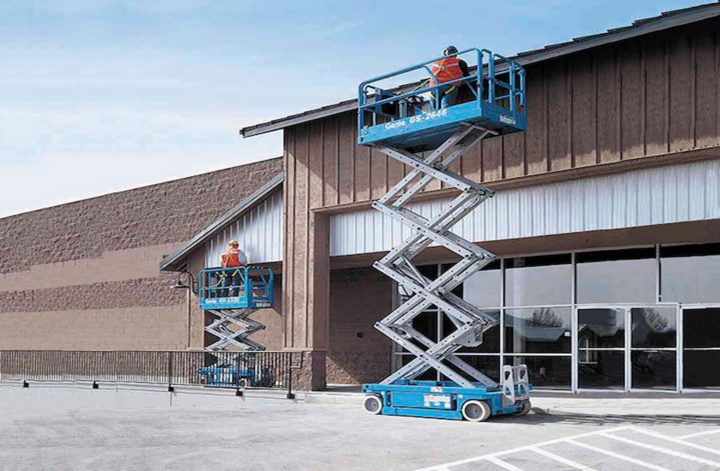Safety is an essential aspect of childhood that ensures children not only play and learn in a secure environment but also grow up with the awareness needed to protect themselves. For parents and educators, instilling safety habits in children can sometimes be challenging. However, it doesn’t have to be a dull task. Turn safety lessons into fun reminders and engaging activities that children will enjoy and remember. In this blog post, we will explore various child-friendly safety tips that are not only educational but also entertaining for young learners.
Understanding the Importance of Safety for Kids
Children are naturally curious and adventurous, eager to explore the world around them. While this curiosity is vital for their development, it can sometimes lead to unsafe situations. Teaching kids about safety helps inculcate a sense of responsibility and caution, ensuring that they grow up understanding how to keep themselves and others safe. It also empowers them, giving them the tools they need to assess risk and make informed decisions.
Safety lessons, when integrated into daily activities, become second nature to children. They learn to associate fun with good practices, making them more likely to remember and act on what they’ve learned. The key is to present safety in a way that aligns with their natural curiosity and desire for play.
Creating Playful Safety Zones at Home
A child-friendly home is a haven where safety meets fun. Parents can start by designating specific safety zones within the house. These areas are designed to teach and reinforce safety rules through interactive play. For example, the kitchen can become a “kitchen safety zone,” where children learn about the importance of not touching hot surfaces and using kitchen tools safely.
Incorporating games and role-playing within these zones can make learning more fun. Parents might simulate a cooking session where the child acts as a ‘safety inspector,’ ensuring all safety measures are followed. This not only teaches children valuable skills but also allows them to feel involved and responsible.
Harnessing the Power of Stories and Characters
Stories and characters have a unique power to capture children’s imaginations and convey important messages. Books, cartoons, and movies often feature characters who follow safety rules or learn from their mistakes. Introducing children to these narratives can be an effective way to teach them about safety.
Parents and educators can create their own safety stories, using family members or friends as characters facing various safety scenarios. Children will enjoy following along and even taking part in these adventures, which can reinforce the lessons being taught.
Interactive Safety Games and Activities
Engagement is key to holding a child’s attention, and what better way to engage them than through games? Safety-themed board games, computer games, and outdoor activities offer endless possibilities for learning. A scavenger hunt, for example, could teach children to identify hazards in different environments, while a game of ‘safety Simon says’ can reinforce basic safety instructions.
These activities should be age-appropriate and incorporate elements that children find exciting. This way, they are more willing to participate and absorb the lessons naturally. Reward systems, such as safety badges or certificates, can add an extra layer of motivation.
Teaching Emergency Preparedness
Understanding how to respond during emergencies is a crucial part of child safety. While discussing emergencies might seem daunting, it can be made less intimidating through positive framing and practice. Fire drills, for instance, can be turned into a race against time, where children practice evacuating quickly and safely.
Including props like a toy phone or a fake fire extinguisher cover can make these drills more realistic and engaging. It’s essential to explain the reasons behind each step, so children understand why these precautions are necessary. Reinforce that knowing what to do in an emergency makes them superheroes in their own right.
Incorporating Technology and Apps
In this digital age, technology can be a great ally in teaching safety. Various apps are designed to educate children on different safety topics through interactive content. From road safety simulations to online safety tutorials, technology offers a wide range of tools to keep kids engaged.
Parents should ensure that these apps are appropriate for their child’s age and provide a balance between screen time and real-world experiences. Supervising app usage also allows parents to answer any questions children might have, fostering open communication about safety concerns.
Collaborating with Schools and Communities
Safety education thrives when reinforced by multiple sources. Schools and communities play a pivotal role in this process. Partnering with schools to integrate safety lessons into the curriculum ensures children receive consistent messaging.
Community events and workshops offer additional platforms for learning. These events can include demonstrations from local fire departments or health services, which provide practical insights and firsthand experiences that are invaluable for children.
Nurturing a Safety-First Mindset
Developing a safety-first mindset in children is about creating habits that last a lifetime. Encouraging kids to think about safety proactively can be achieved through daily routines and discussions. A family meeting to discuss the week’s safety focus, for example, can highlight specific issues and involve children in coming up with solutions.
It’s crucial to celebrate successes and improvements, no matter how small. This positive reinforcement builds confidence and reinforces the idea that safety is an integral part of everyday life.
Final Thoughts on Child-Friendly Safety
Ultimately, the goal of child-friendly safety is to equip children with the knowledge and skills they need to protect themselves while enjoying their daily activities. By making safety education engaging and relevant, parents and educators can foster an environment where children feel safe, supported, and empowered.
Encourage children to ask questions and express any concerns they might have about safety. This dialogue promotes trust and ensures that they feel comfortable seeking help when needed. For additional resources and support, consider exploring community programs or consulting with child safety experts who can offer tailored advice and guidance.




